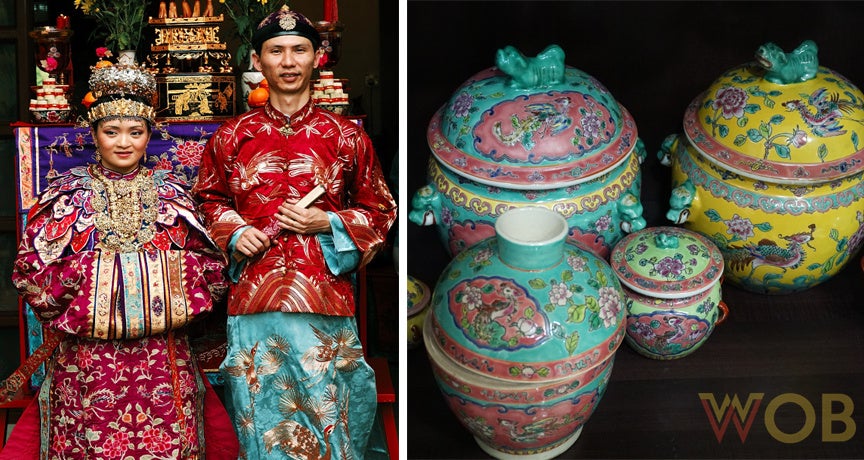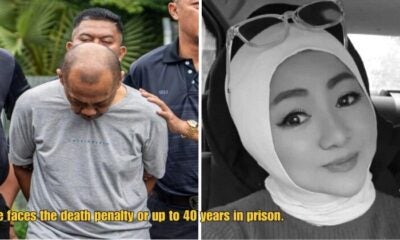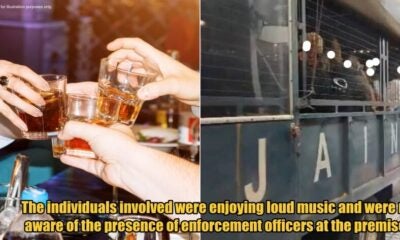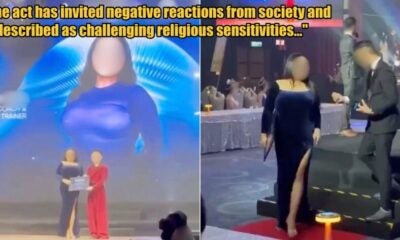If you are from Malaysia, you’ve definitely heard of the Baba Nyonya culture, or at least have a friend or two who is part of that culture.
The Peranakan culture is unique, as a result of the mixed marriages between Chinese immigrants and Malayan locals in the past. This resulted in their very own culture of food, clothing, architectures and arts. The term Baba and Nyonya are being referred to the men and women respectively.
This culture is being passed down until this day and can be seen in Malaysia, Indonesia, and Singapore, especially in Melaka and Penang in Malaysia.
Here are eight interesting facts you probably did not know about the Baba Nyonya culture:
1. The Famous Kamcheng Is Only Used For Special Occasions
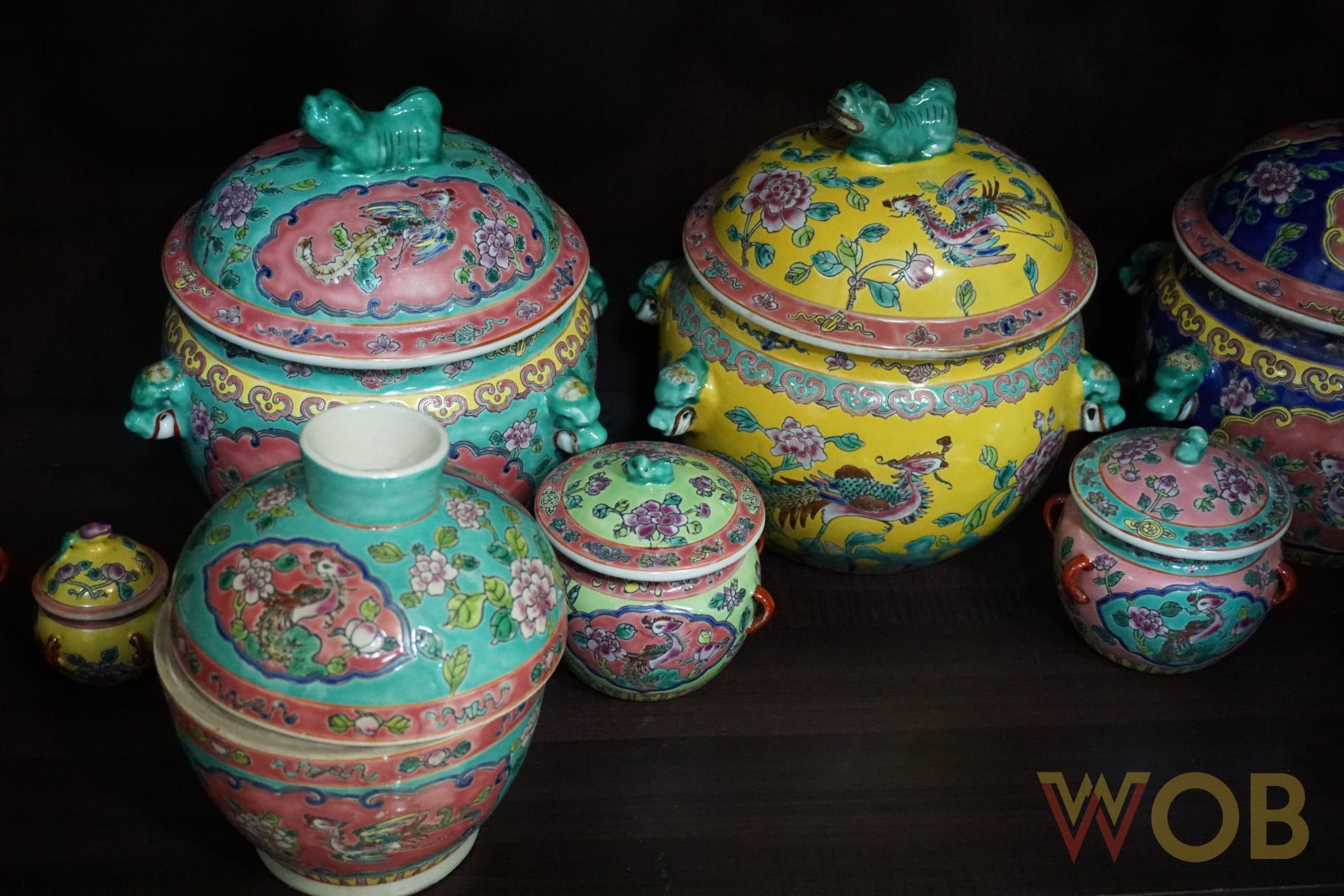
Kamcheng
Kamcheng can be seen in TV series or movies. It is a type of porcelain pot used for cooking by the Nyonyas.
Kamcheng is used to store food such as Tang Yuan (sweet dumplings). However, many do not know that the colourful Kamcheng is only used during special occasions such as birthdays or weddings.
On usual days, they will only use blue and white Kamcheng. Same goes with the tiffin box, a simpler and less colourful design of tiffin box will be used regularly as opposed to a fancier one.
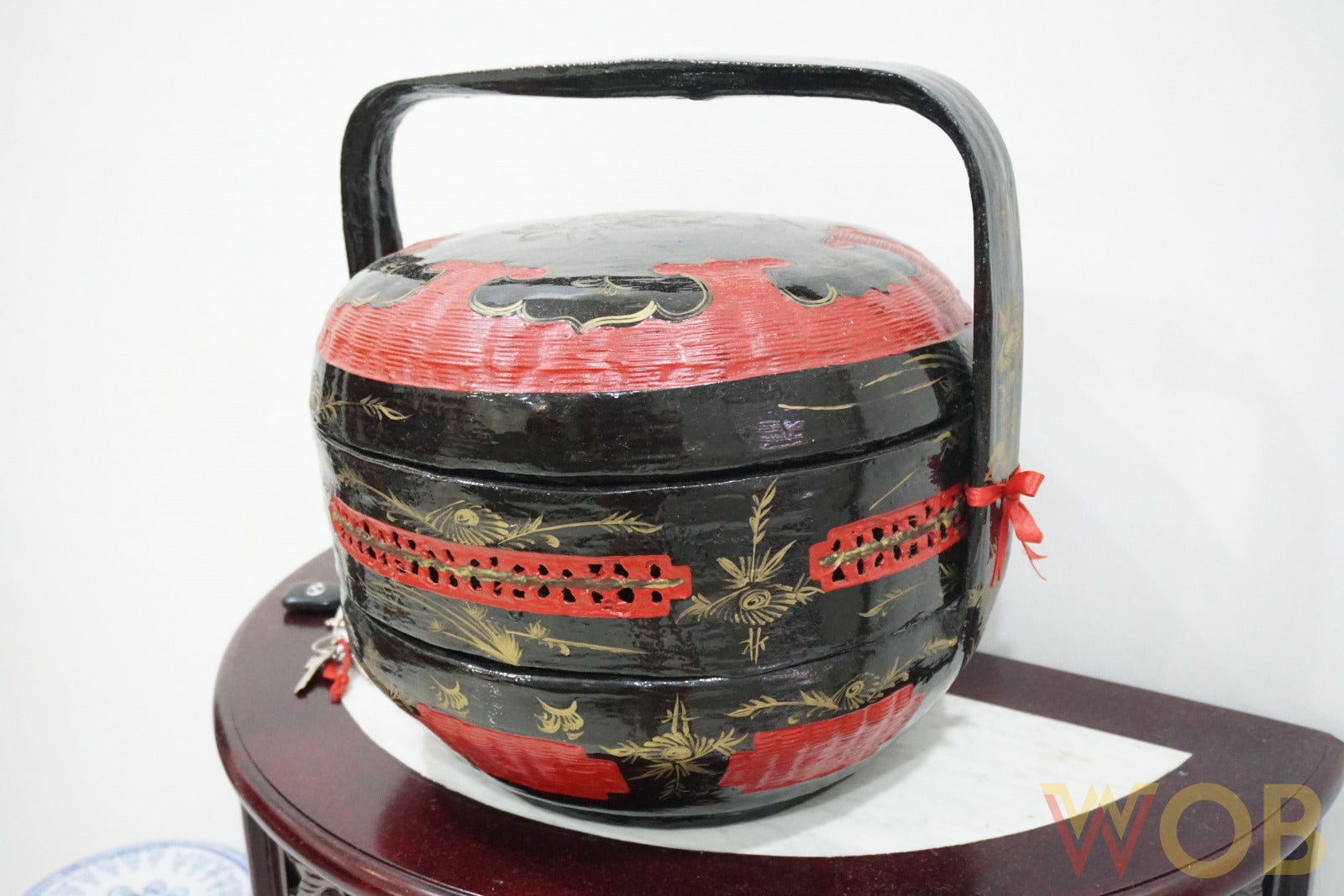
Bakul Sia
Similar to Kamcheng, the Bakul Sia is a red, gold and black coloured basket with a lid cover, used by the Baba Nyonya for storing food and betrothal gifts, mostly on special occasions like wedding and birthdays as well.
2. The Animals And Plants Crafted On The Furniture Or Porcelain Cutleries Of The Baba Nyonya Refer To Men And Women
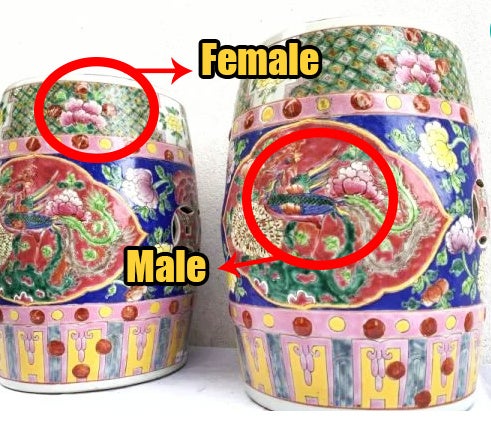
Animals such as phoenix refer to men, whereas plants, mostly the peony flower refer to women. You can see this design on stools, beds, vases, or any traditional Nyonya cutleries.
Usually, the colours used are very vibrant. This design is inspired by the Ancient Chinese.
The animal designs were seen to be very precious back in the days, pretty much like a symbol of the Monarch. Thus, designs with animals like phoenix and roosters were very scarce and more costly, mainly because it is used a lot by the Monarch and the royal families and not easily exported out to the ordinary folks.
3. In The Past, Nyonya Women Wear Baju Kebaya At Home Every Day
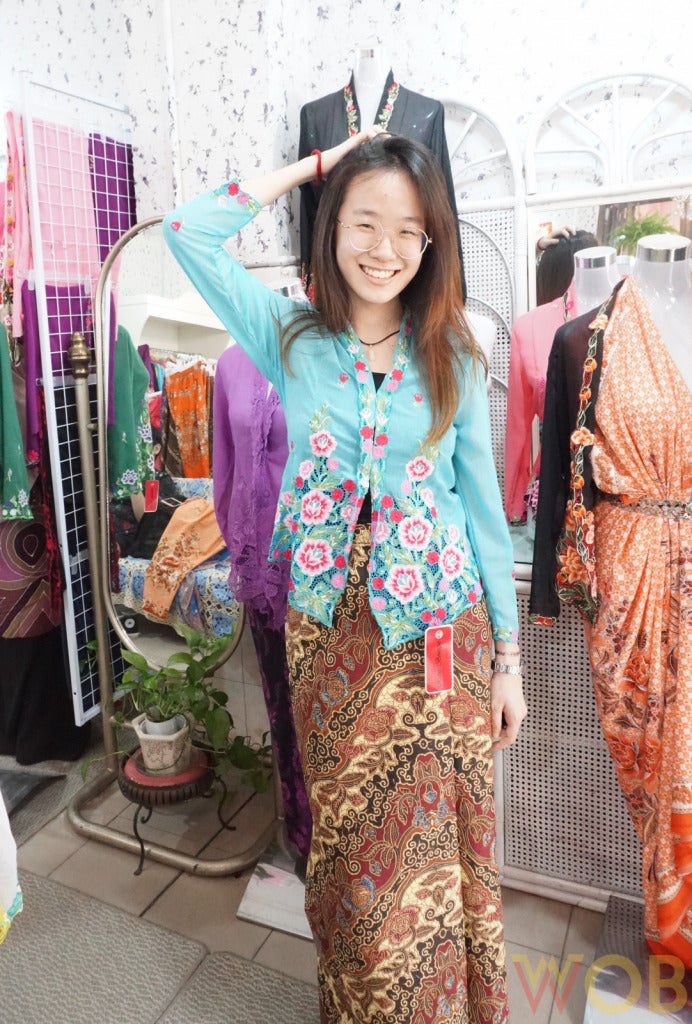
Baju Kebaya with Sarung
Baju kebaya looks very elegant on women. It is also one of the most popular traditional costumes in Malaysia, like baju kurung, Saree, and Cheongsam.
In the past, the Nyonyas would wear Baju Kebaya at home every day as a tradition. The longer Baju Kebaya (dress) is only for married Nyonyas, while the shorter Baju Kebaya is for single women. The design of Baju Kebaya in Malaysia is different from the Baju Kebaya in Indonesia.
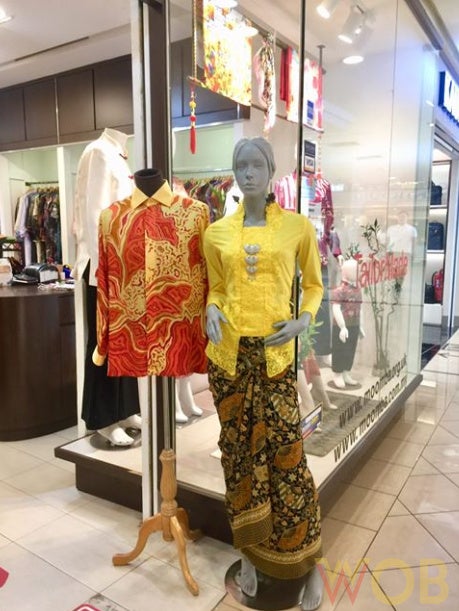
Indonesian style Baju Kebaya
The picture above is the Indonesian style Baju Kebaya, and you can see the obvious differences between the two.
You can easily custom make your own Baju Kebaya nowadays, including the sarung. The price of the Baju Kebaya varies design to design. Usually, the hand-made Baju Kebaya with animals like Phoenix as its pattern will be more expensive.
To sustain the quality of the Baju Kebaya, you can wash it with sago (gula sagu). Many foreigners especially the European and the Japanese fancy the Baju Kebaya as well as the Baba Nyonya culture a lot.
4. Nyonya Women In The Past Marry At A Very Young Age
Unlike nowadays, women, especially Nyonyas back then marry at a very young age (around 15 years old). Before their marriage, they have to sew a pair of Kasut Manik for themselves. Since young, Nyonyas will have to learn cooking, sewing and embroidery.
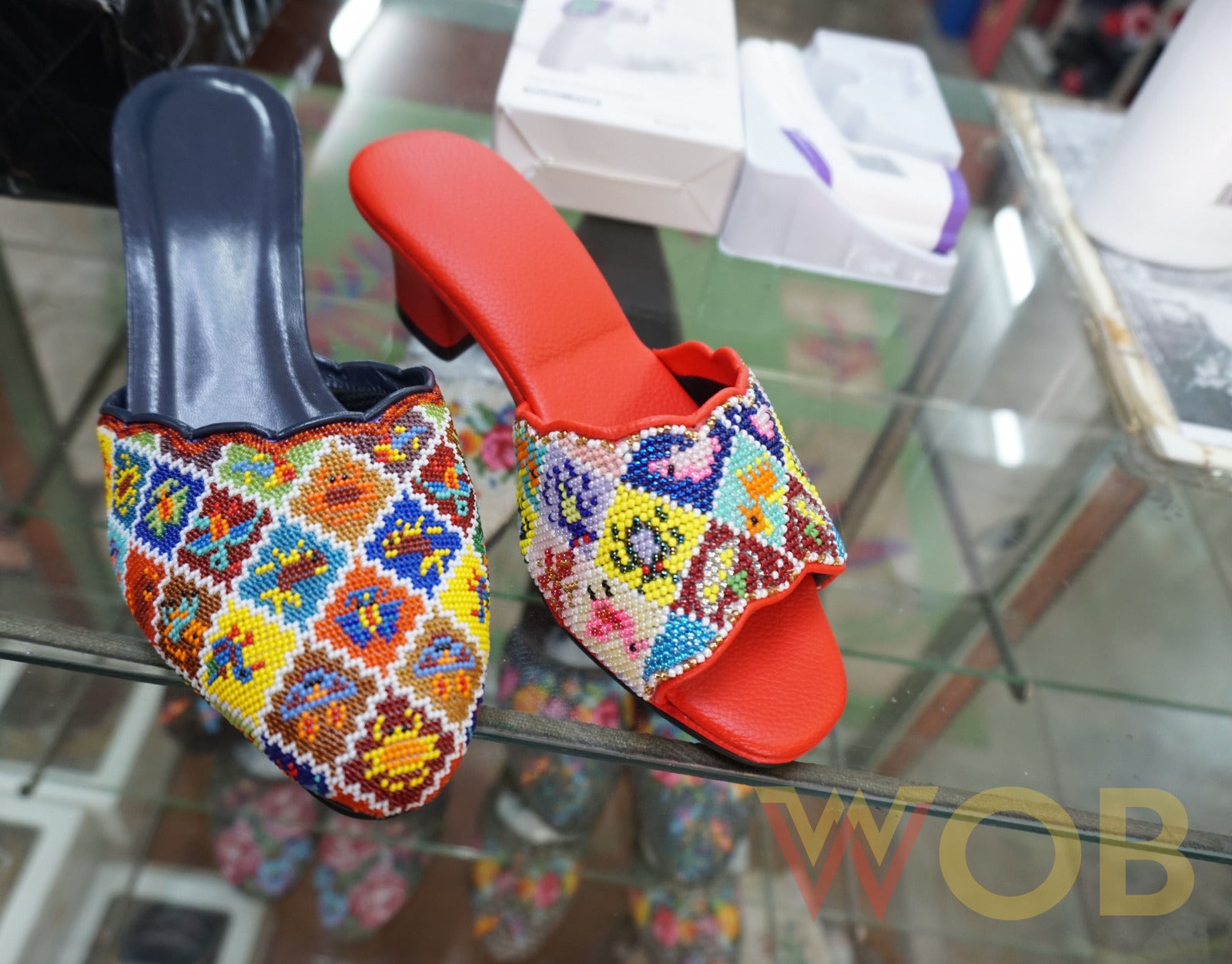
Kasut Manik
The more Kasut Manik and sewing they can do indicates the better Nyonyas they are. Nyonyas back then will also have a high reputation if they can cook Nyonya dishes very well.
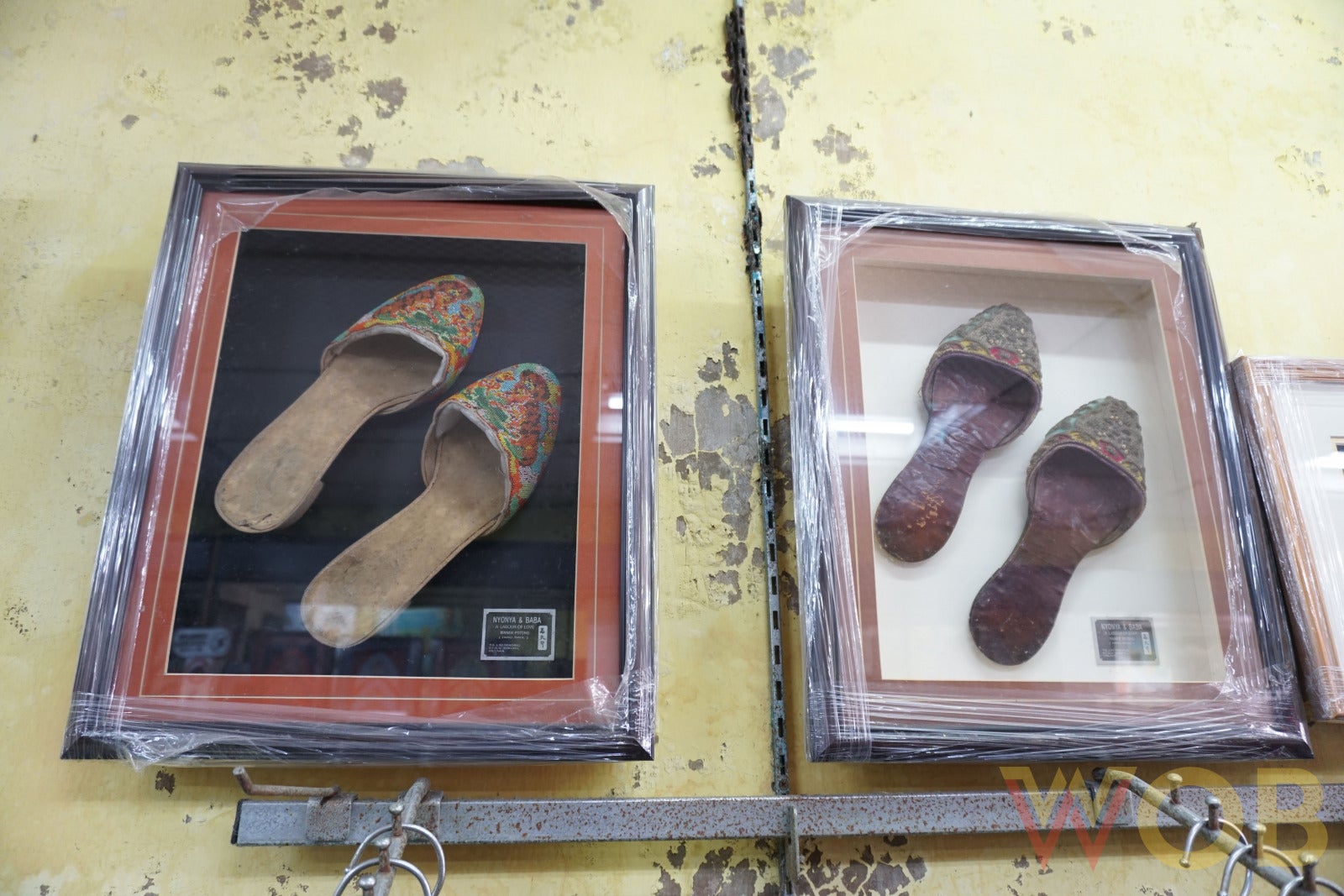
Kasut Manik 100 years ago
Aren’t these Kasut Manik beautiful? Nowadays, you can get a pair of Kasut Manik in places such as the Melaka city. Stores like Kasut Manik Kak Long, Ellyn Lee Nyonya Beaded Shoes Collections and many more have them for sale. The design of the Kasut Manik includes small to large beads, depending on your preference. The price of Kasut Manik ranges from RM280 to RM800.
5. Matrilocal Marriage Is Accepted In The Culture
Usually, matrilocal marriage is rarely practised in Eastern countries. But fun fact, matrilocal marriage is accepted in the Baby Nyonya culture and was prevalent back in the days. Instead of the females moving into the male’s house, it became vice versa, where the Baba will move into the Nyonya’s house to stay.

The picture above shows the wedding costumes of Baba Nyonya. The decorations on the costume of the woman are said to be very heavy. Nowadays, matrilocal marriages are not as common anymore.
6. Nyonya Food Is One Of The Best Food In The World
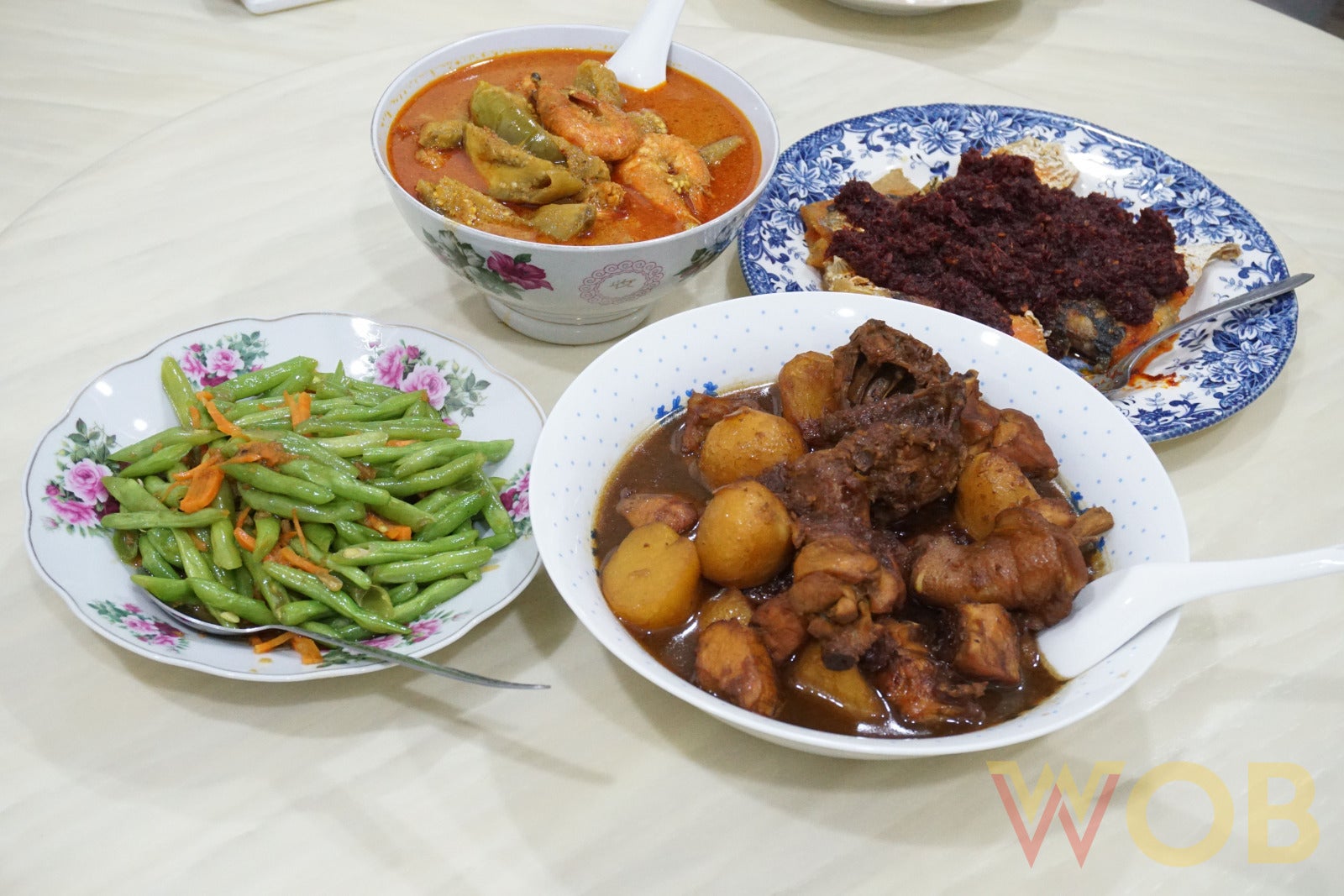
Nyonya food
This is no secret. Nyonya food tastes extremely delicious and is easily one of the best food in not only Malaysia but even around the world. If you do not know, it is probably time to go grab some Nyonya food and have a try for yourselves.
As a fusion of Chinese and Malay food, Nyonya food is very famous and can be very costly at times. You can probably never get the authentic Nyonya flavour anywhere else in the world other than Malaysia.
Many journals are done to introduce and explain the history of Nyonya cuisine, showcasing how popular are they internationally. There are also many youtube videos of people around the globe trying and reviewing Nyonya food.
Some of the most popular Nyonya dishes include:
Udang Berempah
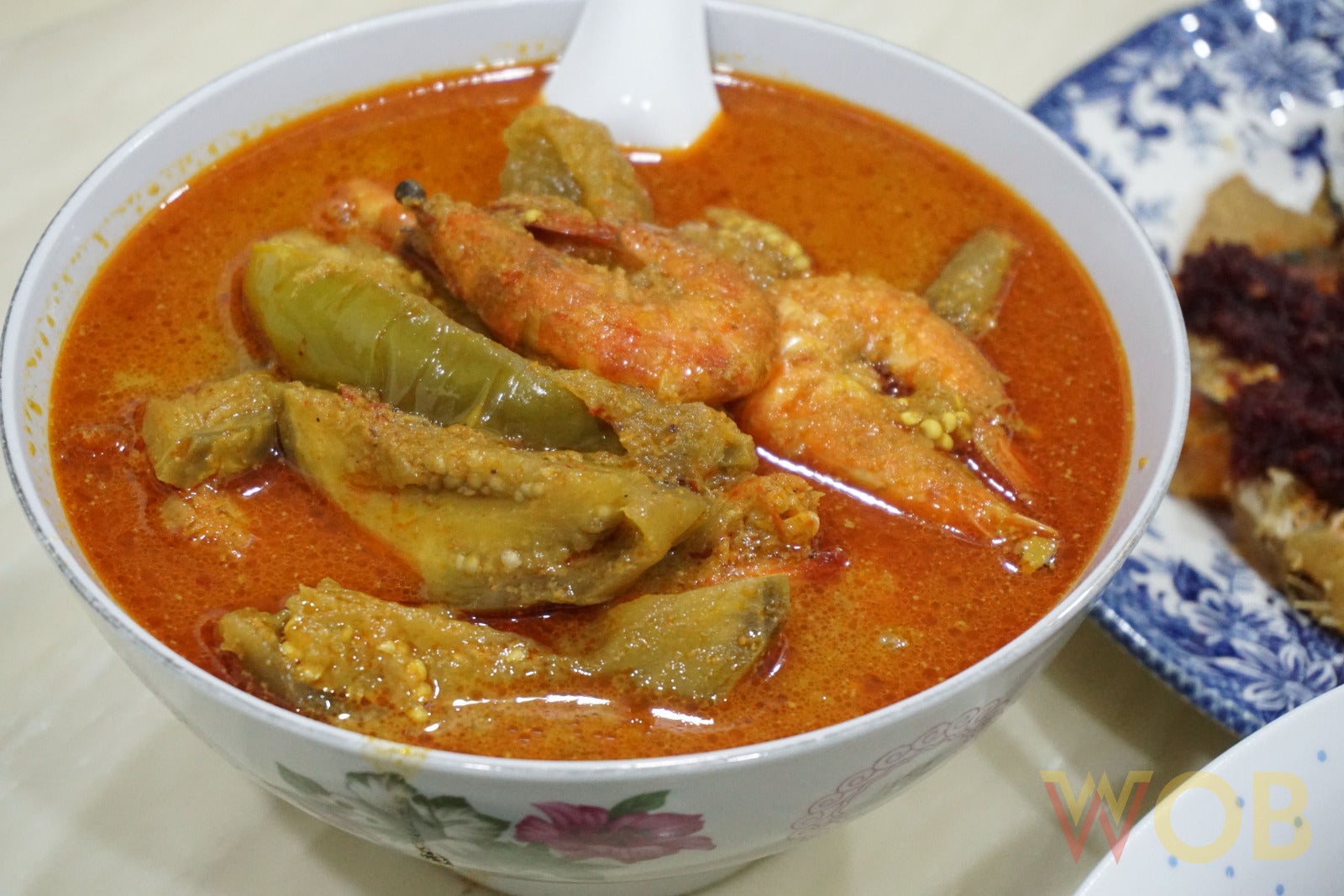
A dish made from curry, black pepper and coconut milk, Udang Berempah is served with lady’s finger, brinjals and prawns
Ayam Pong Teh
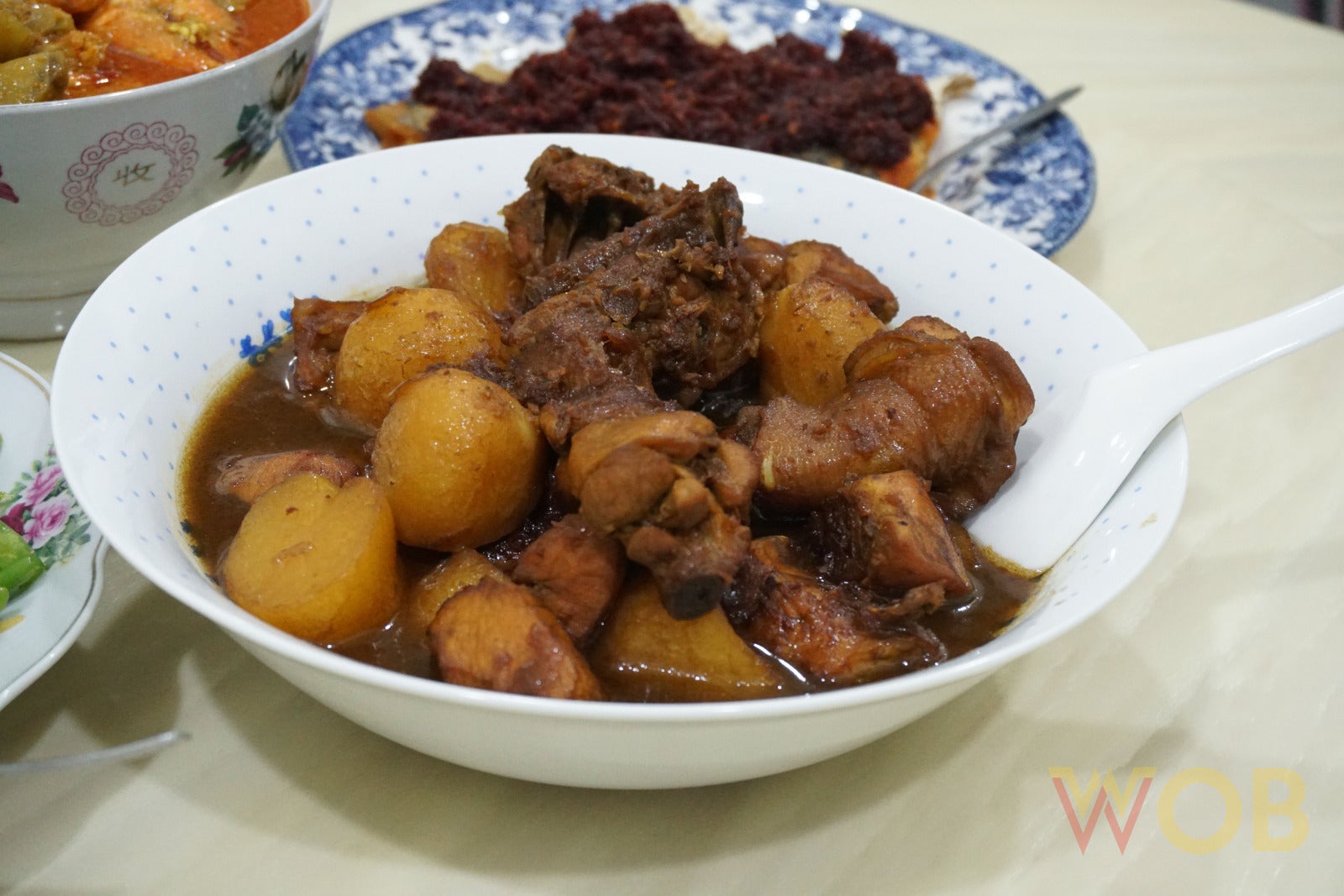
Ayam Pong Teh is braised chicken and potatoes in fermented soybean sauce in a stew, sweet and savoury at the same time.
Ikan Cili Garam
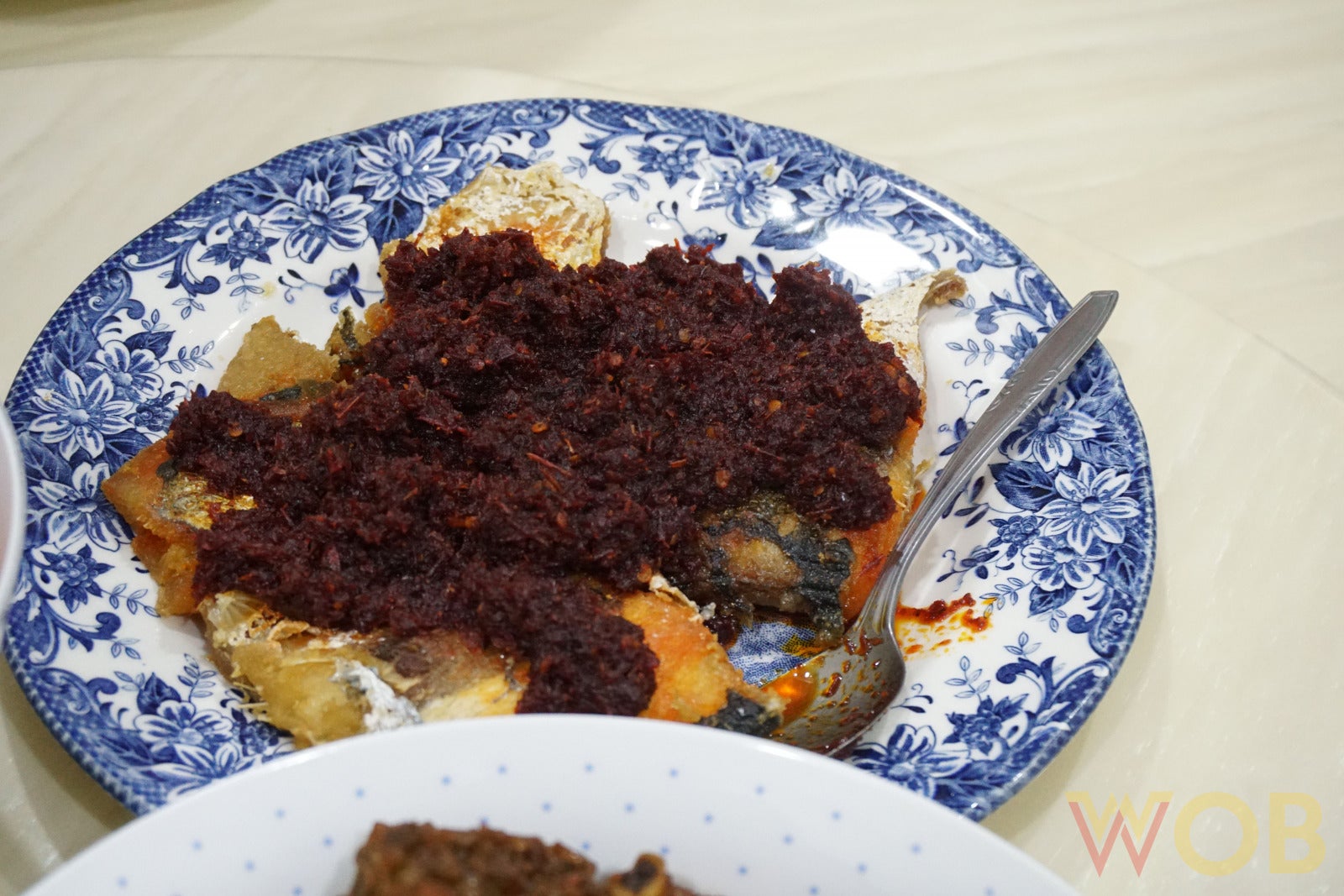
Ikan Cili Garam, fried fish with chilli paste, the saltiness and spiciness is well balanced, a great dish to eat along with rice.
and the Nyonya Kuihs of course!
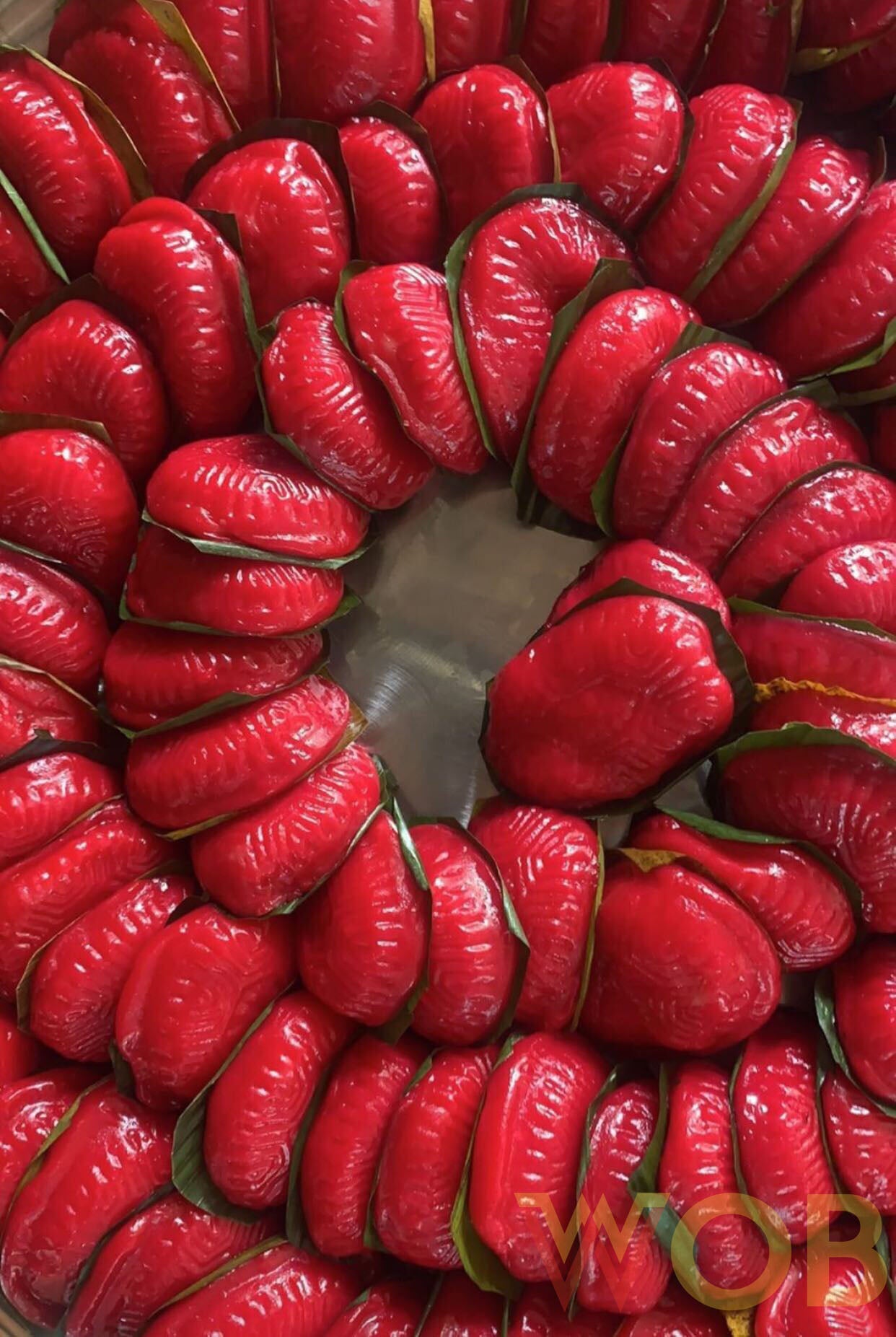
Kuih Ku Merah (Ang Ku Kuih)
7. Nyonyas Are Usually The Head Of The House
In this Peranakan culture, the females are usually the head of the house. They will take care of family and house matters when the Babas are out for work. Nyonyas are also encouraged to stay in the house most of the time. Although rare, matriarchy exists in the Baba Nyonya families.

From a Singaporean drama “The Little Nyonya”
This culture is demonstrated in the popular Singaporean drama, The Little Nyonya. The Little Nyonya is a historical drama which revolves around the flashback of an extended Peranakan family in Melaka. Many of the scenes were taken in Melaka, Penang and Perak. The drama series showcases the strength and talents of the Nyonyas, and how they mindfully take care of their own family.
8. Peranakans Are Not Bumiputera, Nor Muslims
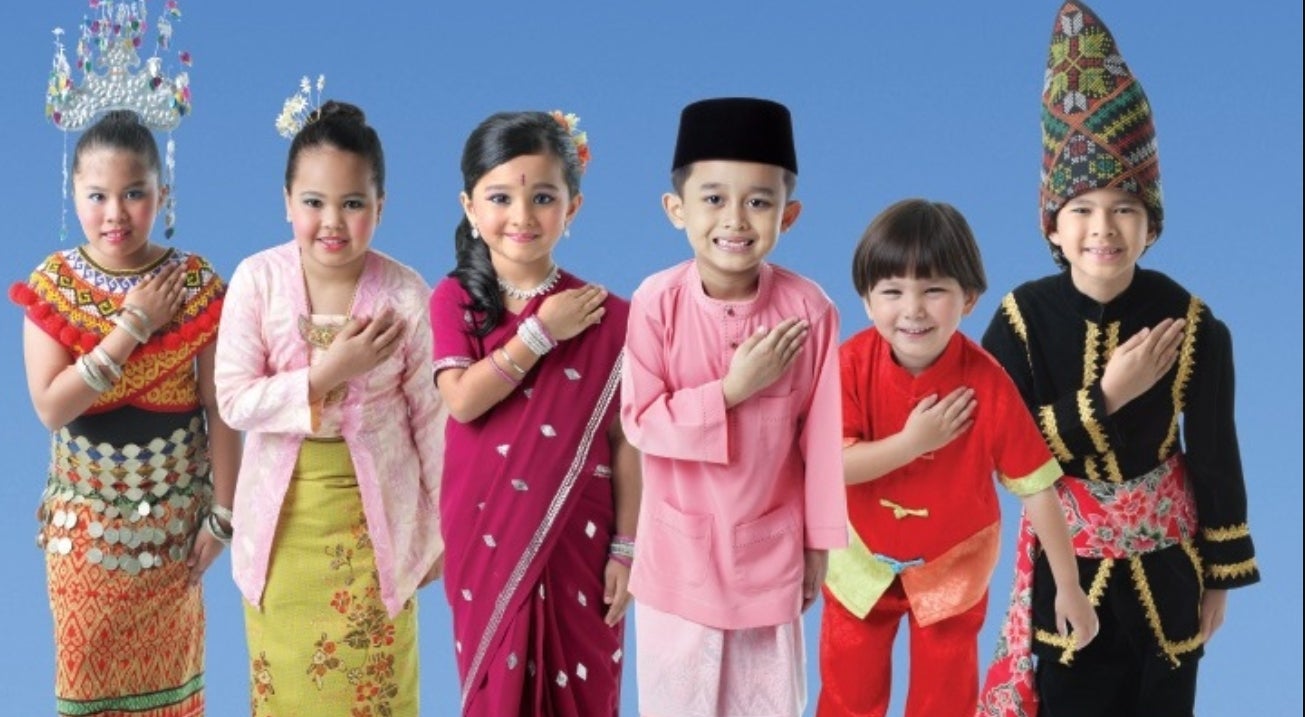
Many mistake Baba Nyonya for being Malay Muslims or the Bumiputera. However, that is not the case.
At home, Baba Nyonyas speak Malay, Hokkien, Mandarin, and English.
Malaysia is a country with multiethnic and multicultural colours, just as flamboyant as the Baba Nyonya’s porcelains. It is essential for the younger generation nowadays to appreciate and learn more about the different cultures in Malaysia so that these stunning cultures and traditions can live on forever.
Also Read: Miss Malaysia Wins Best National Costume, But Host Steve Harvey Thinks She’s Miss Philippines

